| Film | Preference | Memorable Scene | Film Element Focus |
| The Shining (1980) | 9/10 | The Roger the Bear Man scene | Cinematography |
| Film | Preference | Memorable Scene | Film Element Focus |
| The Shining (1980) | 9/10 | The Roger the Bear Man scene | Cinematography |
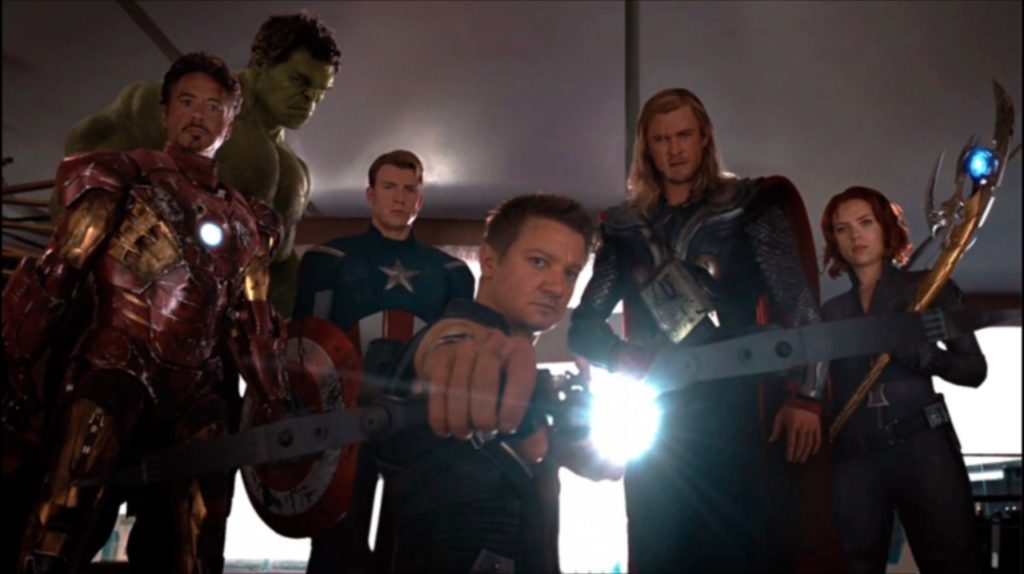
Low Angle – Avengers Assemble – This angle is used to portray the Avengers as powerful and Loki(Tom Hiddleston) as having lost.
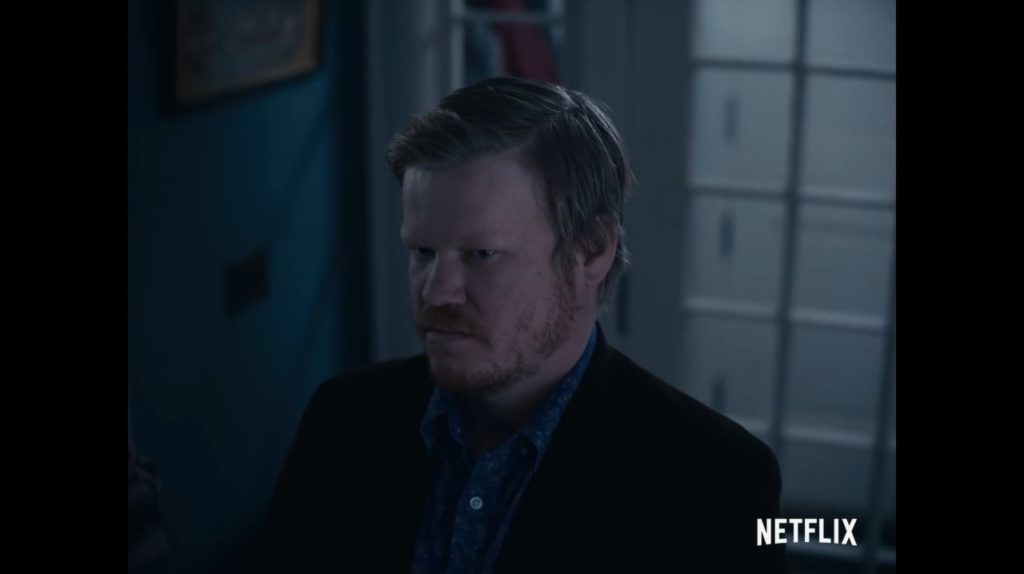
High Angle – I’m Thinking Of Ending Things – This angle is used to show how Jake’s(Jesse Plemons) mother(Toni Colette) and father(David Thewlis) are embarrassing him and annoying him. The high angle is also supposed to show the power they have over him, being his parents.
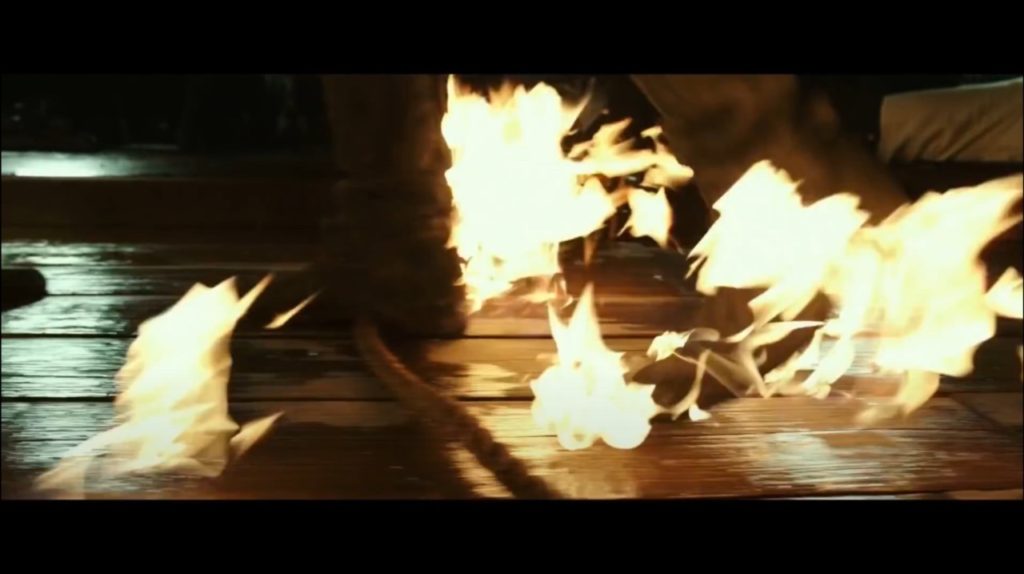
Ground Level – Pirates Of The Caribbean: Dead Men Tell No Tales – This is one of the first shots we see of the antagonist, Salazar(Javier Bardem). It fuels our anticipation of what he could look like, as we cannot see his face. Salazar also walking through fire is used to show this character is supernatural, as fire does not harm him.

Handheld Camera: By using the handheld camera (or by shaking the camera), this fall is exaggerated heavily, it shows his first lack of control, before removing the shake in the camera later in the fall showing he has gained control. Shaking the camera really proves to the audience how dangerous this is, and what an impact moment it is.
Dolly: The dolly is used in this scene as it can smoothly follow him as he runs across the window, creating a fluid movement. It can show the audience how much control he now has, and how fast he now moves, increasing their feeling of awe.
Slow Zoom: The slow zoom is cleverly used here to accentuate the fear shown on his face as he is hiding from the Prowler. His emphasized fear causes the audience to sympathize with him, but it also rises the tension drastically.
Pivot Shot: Lowering the camera to his hands in this shot, and following the lightning as it moves down his arms, helps the audience follow this rise in tension as he breaks free from his restraints.

Overhead: This overhead shot emphasizes the height of the buildings, and how large of a moment this is for Miles. It creates a sense of fear but also excitement for the audience, which is what Miles would be feeling at the time.
Ground Level: By placing the camera at ground level when Peter gets crushed by the claws of Green Goblin, it shows defeat and how weak he is in comparison. The audience would feel fearful, and start to realize that there is a possibility he may not win.
High Angle & Low Angle: These 2 angles are swapped during this scene, one looking up at Gwen, and one at her looking down; this visual hierarchy shows the audience how skilled Gwen is in comparison to Peter and Miles, and helps introduce her alternate character as someone strong and powerful.
Eye Level: This monumental moment is captured with an eye level shot as it really emphasizes the determination and passion Miles is feeling. As eyes are one of the key ways humans show emotion, by using this shot the audience has an instant connection with how he is feeling, and they know that this is a turning point.
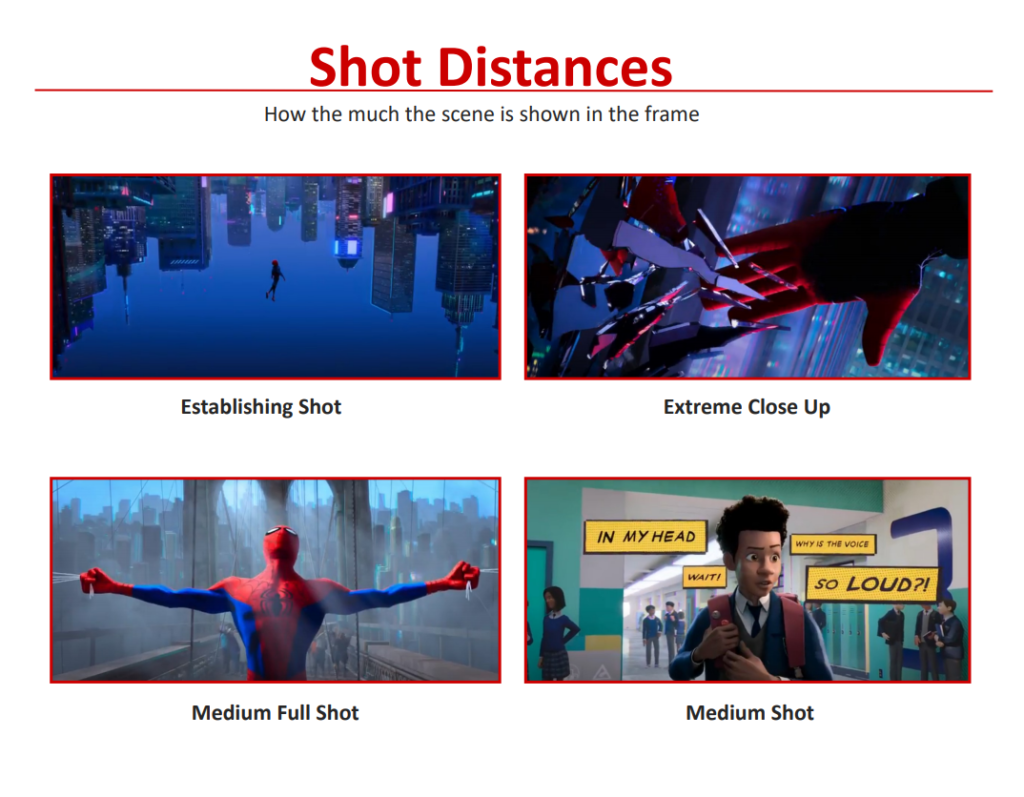
Establishing Shot: Shows how large the city is and how daunting his jump was, as this is arguably one of the most significant moments in his journey. By flipping the shot, it shows that he is rising, not falling, metaphorically showing how he is rising over his challenges. It fills the audience with a sense of awe and pride over his achievement.
Extreme Close Up: This extreme close up on his hands that are shattering the glass helps accentuate this monumental moment to the audience, and makes them feel the tension that Miles is feeling.
Medium Full Shot: This strength of Peter is highlighted with the MFS here, as Medium Full Shots help accentuate power and muscles, giving the audience a sense of admiration for him.
Medium Shot: The medium shot is mostly used when Miles is walking around school, as it brings him and only him closer to the camera, while everyone else is separated from him. This helps show the audience how divided he is from the rest of his school, and how he does not fit in.

The depth of field is used in film to focus on a certain character or object whilst blurring out the enviroment or other characters in the scene. This helps the audience focus on a specific thing in the scene whilst also being aware of the enviroment or other characters in the backround. it is also ofte used to capture character key emotions in scenes which often changes the mood of the scene or helps us to empathise with characters.
Shallow focus- used to give a blurred effect whilst still being able to identify the environment or background. often used to put emphasis on a specific thing in the scene to attract the audience to it.
Deep focus- used to show everything going on in the scene. often showing a busy environment or used when lots of things are happening to show that its a busy environment. it can also be used to capture lots of reactions or different points of views in the scene.





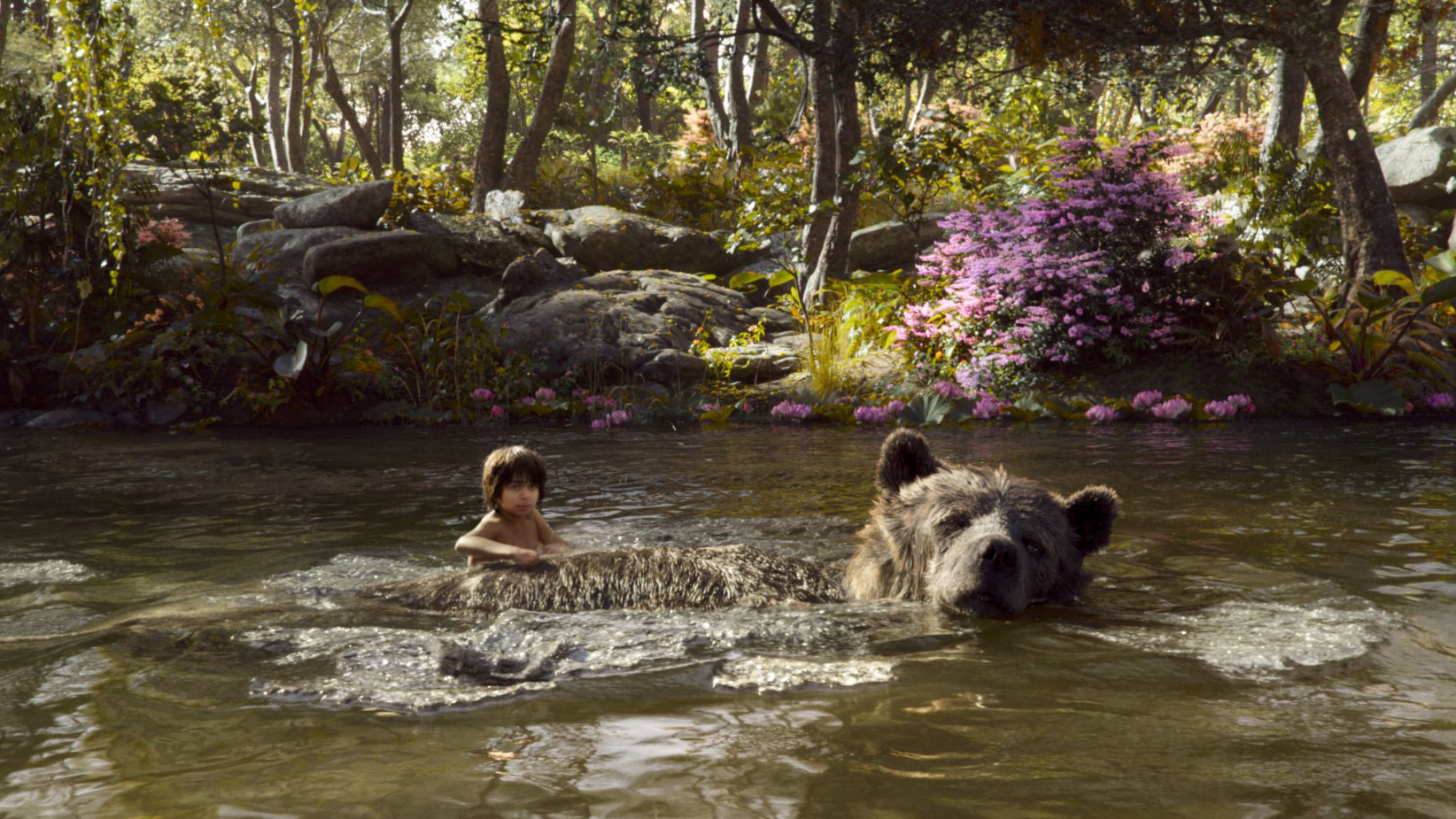
Ridley Scott’s 1982 classic, “Blade Runner”, loosely adapted from the novel “Do Androids Dream of Electric Sheep?” is a masterful display of how the concept of Mise en Scene is to be used within film. Through the essay following, i will be exploring how Scott utilises the cinematic concept to build atomsphere in a single scene.

The scene under analysis is Zhora (Joanna Cassidy, Lee Pulford)’s retirement at the hands of Blade Runner Rick Deckard (Harrison Ford), about halfway into the film’s runtime. Also in this analysis i may call reference to earlier and later scenes in the film to talk about specific cinematic parallels and mirrored metaphors, bookends etc.
This scene’s most iconic part starts as Zhora escapes her workplace, as her attempt on Deckard’s life is halted by the presence of her fellow dancers. Rick chases her as she attempts to flee through the crowded Los Angeles streets, before taking her out in a dramatic slo-mo sequence as she falls through a shop display window.
Every part of this scene’s presentation goes into a palpable atmosphere, the likes of which we only see once again in the runtime of the film; during Roy Batty’s death at its climax. The parallels drawn between these two scenes exist for the sole purpose of demonstrating the fear and panic of a life still ending. That is a concept we see play out a few times, bar the death of Leon, who is given nary a second to ponder his fate.
With Zhora though, we experience all of it. The initial panic, represented by the blaring ambient sounds of the city, the trampling march of footsteps, and the bark of Deckard and his gun. We are shown just how overwhelming that chase is through the technicolour neon-tainted haze of city smog, everything in the scene is coming to a ground swell.
Zhora, as a static character as well, is showing so much in the scene. Her clear plastic coat, for example, represents not only her inherent artificial nature as a replicant in the world of Blade Runner, but her role as a sex worker in the society of Los Angeles. This is further supplemented by her presence in a shop display window at the time of her retirement, exemplifying that part of her character.
And then, the infamous slow motion shot starts, as Zhora begins to die.
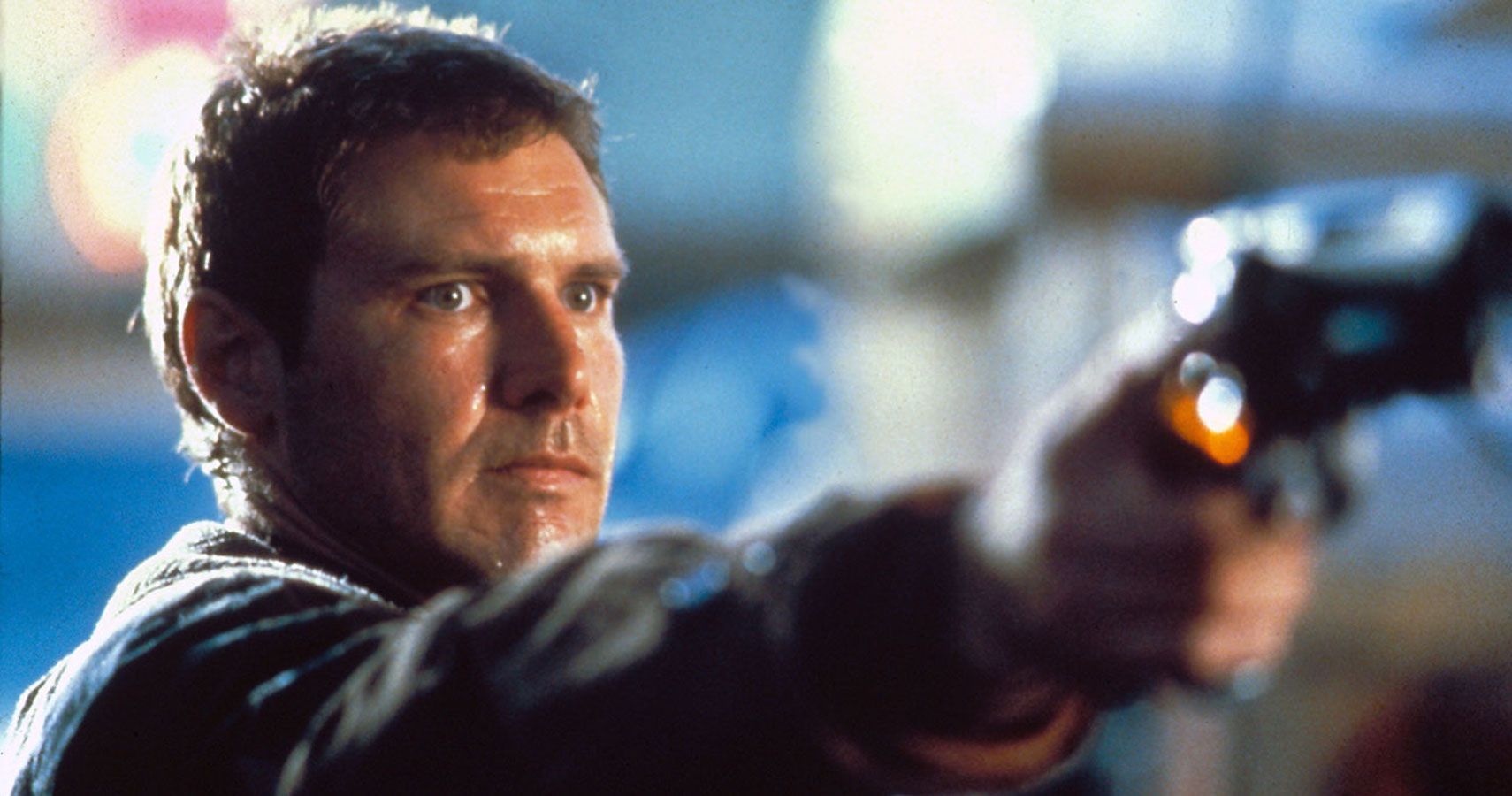
The way she stumbles through the shattering glass may look somewhat awkward, but the glass itself shattering in slow motion appears in a way to bring clarity, or reflection, to Zhora’s final moments. The music goes a long way too, as rather than a mellow death knell, or a terrified beat of panic, we are accompanied for Zhora’s death by a smooth number, incorporating jazz elements, simultaneously referencing the noir roots of the movie and emulating the mellow, early-synth tones specifically of Pink Floyd’s 1975 album, “Wish You Were Here”, as well as similar prog projects which came before the movie.
These creative choices surrounding Zhora’s retirement exist for one main reason; it’s supposed to represent the changes we see in mentality during the approach to death, especially so in replicants. Zhora accepts her fate, as it would have come soon anyway, like the Mayfly, which certain shots directly mirror using her contorted body and glass-like coat. She dies among her own kind in a sense, in the fake snow, in a shop display window, amongst similarly skimpy mannequins with glowing neon rings bordering their necks. This angelic imagery has a secondary and tertiary meaning of course; as not only the mannequins being ‘fake humans’ is a direct point of comparison, and a sick kind of kinship to Zhora, but the placements of the neon can be interpreted as the halos of her angels coming to rescue her spirit, or the nooses of her fellow minority, under the admonishment of Blade Runners and Tyrell’s work.
Many of the features on display here, not only the religious symbolism, or the strangely calm atmosphere, or the juxtaposed music contribute to this scene, but another in the film. During the death of Roy Batty. During that scene, we see him not only sending a dove to the heavens, but having a stigmata pierced through one of his hands at the moment of his death. And whilst that was a bit of a tangent, the similarities between the two scenes show a fundamental part of the themes of the film in relation to replicants; the tranquility of death, and the ambiguity of the soul of an android.
Especially upon repeat viewings, that parallel drawn between the powerful deaths of the two characters makes the atmosphere so much more tangible, and creates a greater feeling of Mise en Scene.
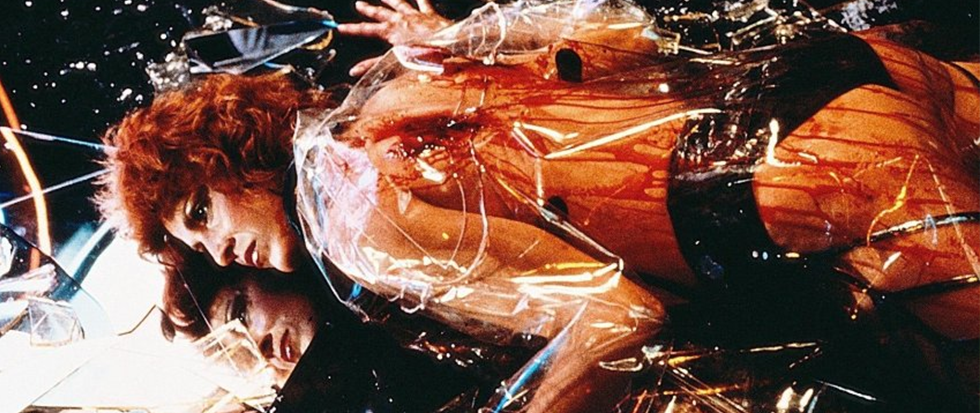
"In the cramped and dripping darkness her eyes are turning glassy. The intervals between the FALLING DROPS OF WATER accentuate the silence until there is no dripping and even the gurgling gutters have receded into silence as the life drains out of Zhora's face until it's frozen, dead."
-Blade Runner Screenplay, David Peoples and Hampton Fancher